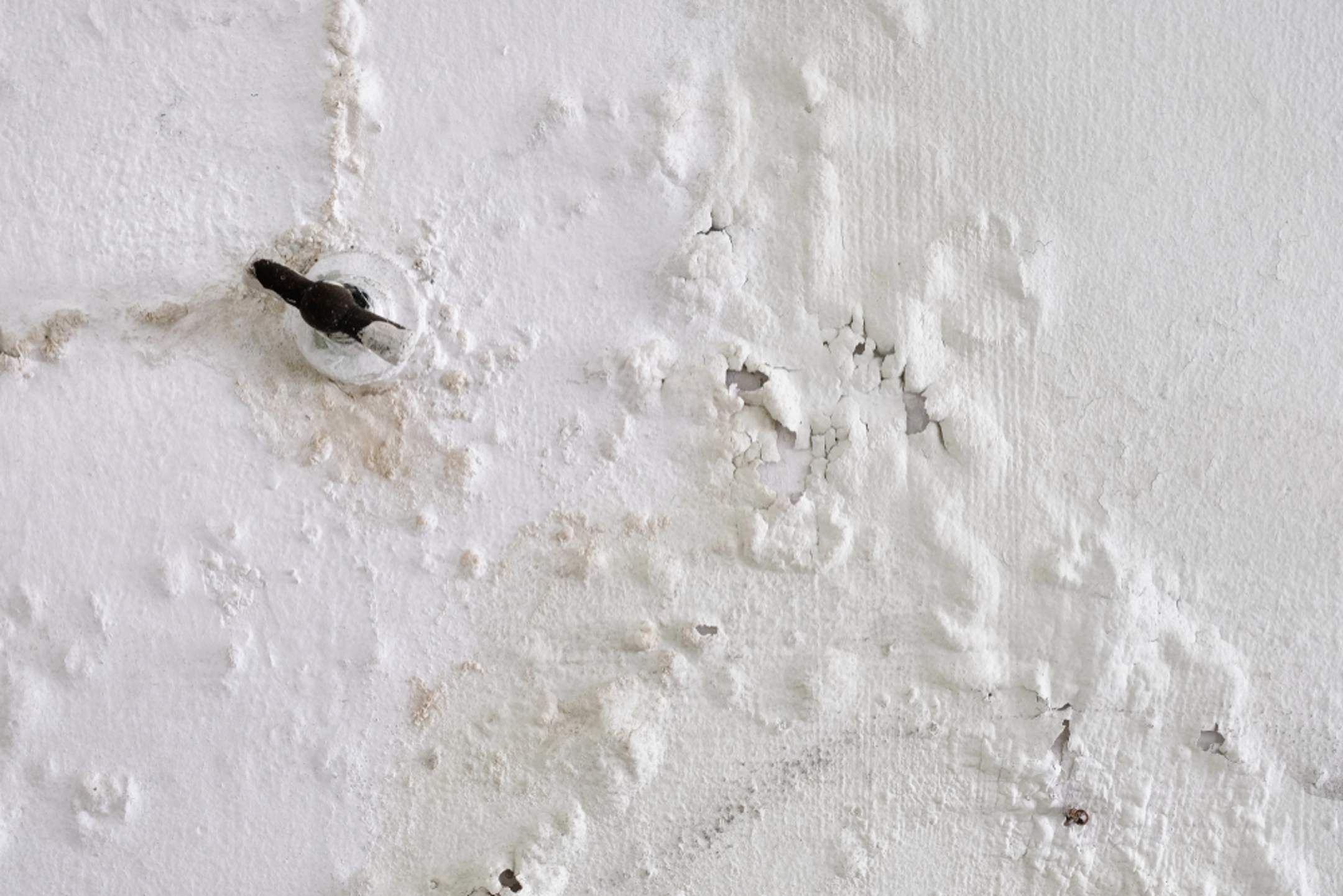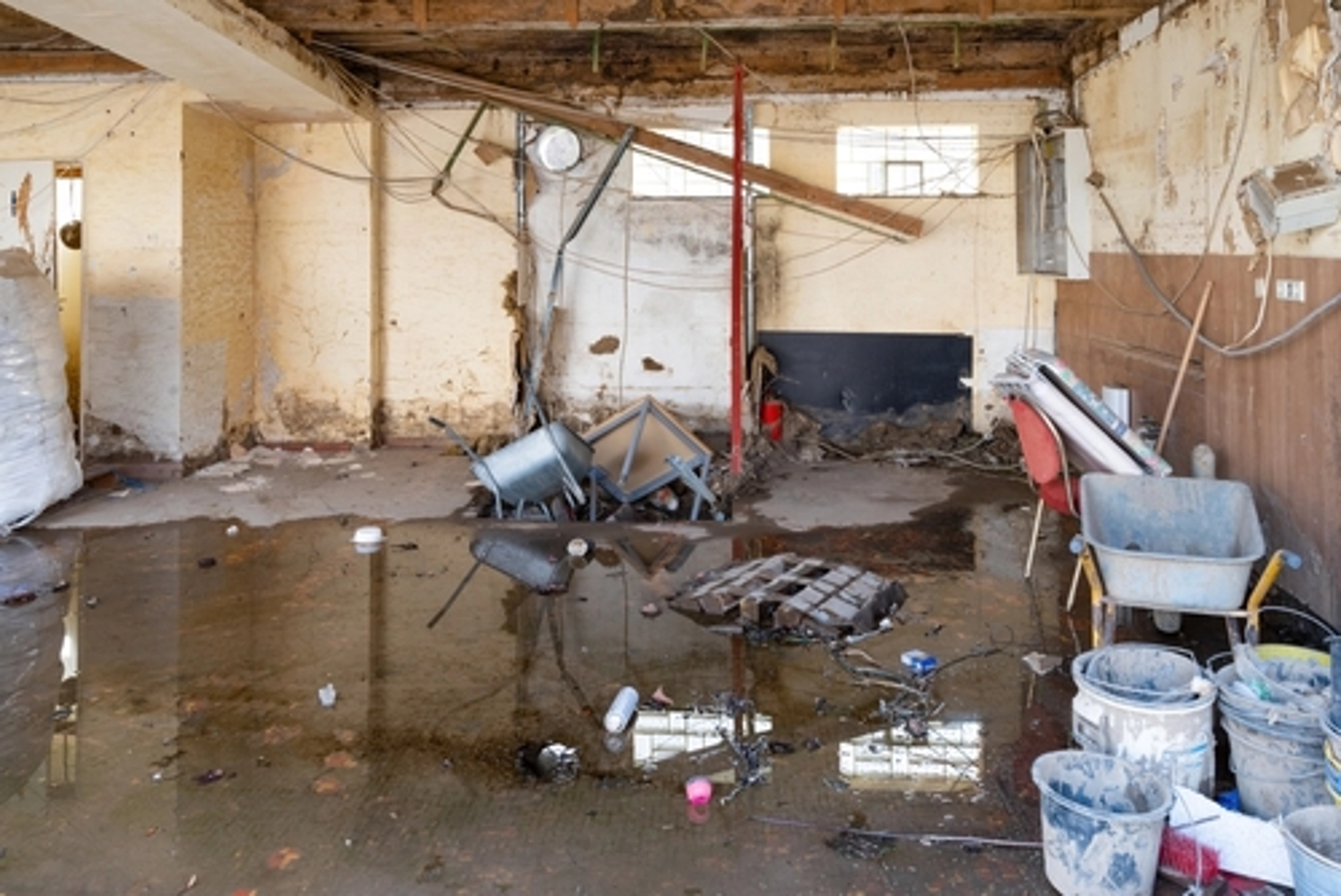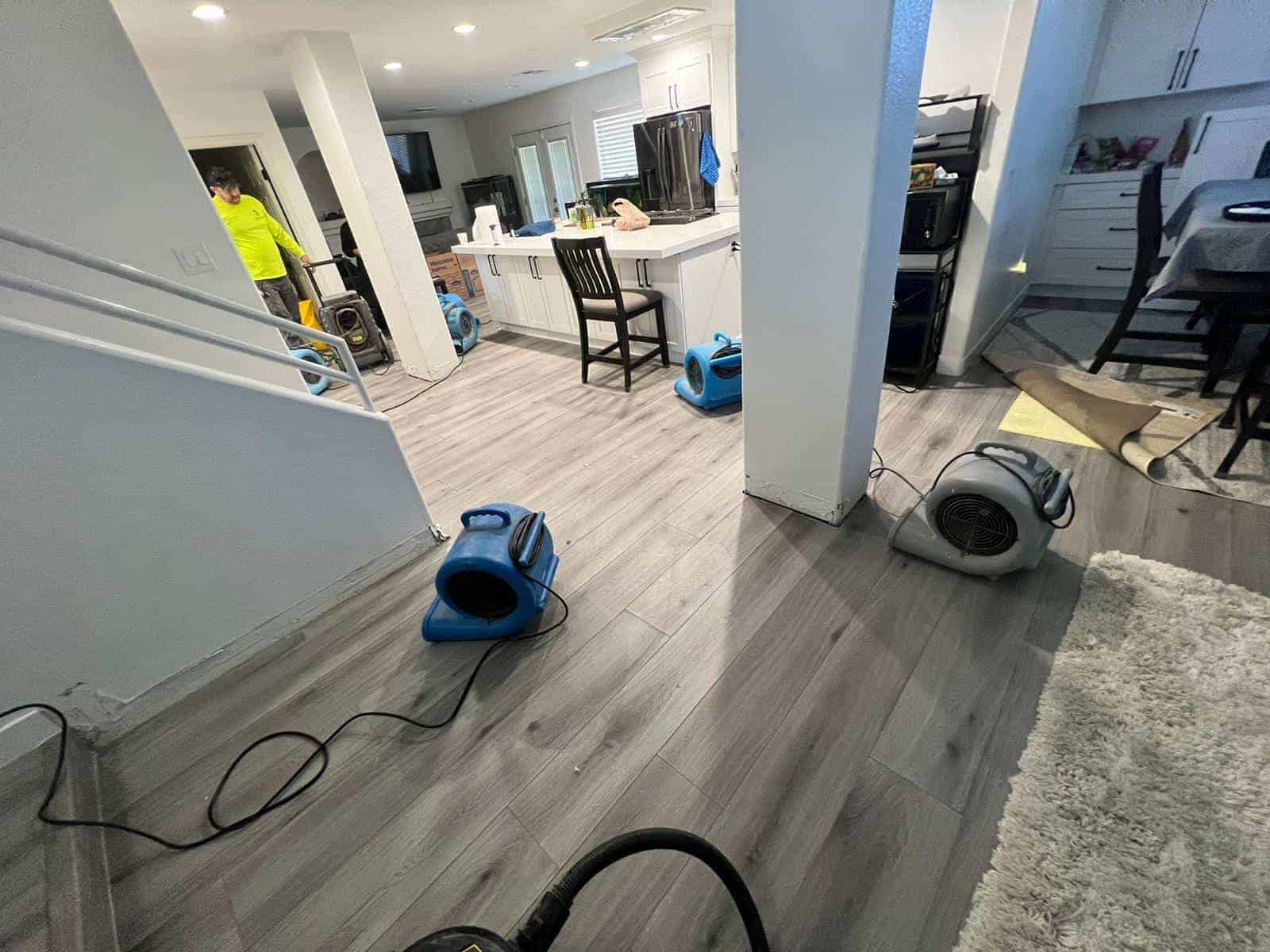Full-Spectrum Water Damage Repair Services for Complete Property Restoration
Wiki Article
The Process of Water Damage Cleanup: Guaranteeing Your Home Is Brought Back Efficiently
Water damage can be a challenging challenge for property owners, requiring a structured and precise cleanup process to restore safety and security and capability. damage restoration services. Following this, reliable water extraction methods play an essential function in mitigating more injury.Assessing the Damage
Upon finding water damage, the primary step is to completely evaluate the extent of the effect. This initial examination is crucial, as it assists identify the needed actions for effective cleanup and restoration. Begin by checking the affected locations, including walls, ceilings, floors, and personal items, to identify the resource of the water invasion, whether from flooding, leaks, or condensation.Recording the damage is essential for both insurance policy claims and planning restoration efforts - damage restoration services. Use photos and written notes to record the intensity of the damages, noting any kind of afflicted structural components and materials. Pay special interest to areas that might not be promptly visible, such as behind walls and under rugs, as hidden moisture can cause more complications, consisting of mold growth
Additionally, examine the timeline of the water exposure. The longer the materials remain damp, the greater the possibility for damage. Understanding the period of exposure will inform the necessity of remediation efforts. Ultimately, an extensive assessment lays the foundation for a successful water damages cleaning procedure, guaranteeing that all impacted locations are attended to successfully and completely.
Water Removal Techniques

Specialists usually use submersible pumps for larger volumes of water, which can rapidly ease flooding in cellars or various other influenced areas. For smaller sized quantities, wet/dry vacuum cleaners are commonly utilized to remove residual moisture from carpetings and tough surfaces. Furthermore, utilizing mobile extractors permits targeted elimination in constrained spaces or locations with fragile materials.
In circumstances of infected water, such as sewage or floodwater, progressed extraction techniques might entail the usage of biohazard tools to guarantee security and conformity with health and wellness policies. High-powered extraction tools are critical in minimizing water retention in architectural materials, which can result in mold and mildew development and architectural degeneration if not attended to immediately.
Ultimately, the efficiency of water extraction strategies plays an essential duty in the overall success of the water damage cleanup procedure, laying the groundwork for succeeding repair efforts.
Drying and Dehumidification
When standing water has been effectively drawn out, the following critical phase in the water damage cleaning process is drying and dehumidification. This action is essential to protect against further damage and mold and mildew development, which can occur within 24 to 2 days in damp atmospheres.To attain reliable drying, specific devices such as industrial-grade air movers and dehumidifiers is used. Air movers distribute air throughout damp surfaces, enhancing evaporation prices, while dehumidifiers decrease moisture levels in the air, advertising a conducive atmosphere for drying. The mix of these devices ensures that dampness is extracted from wall surfaces, furnishings, and floorings, allowing them to dry extensively.
It is important to monitor the drying procedure carefully. Professionals often use moisture meters to assess the wetness content in various materials, ensuring that all affected areas get to appropriate dryness levels. This thorough technique helps to stop surprise moisture pockets that might lead to structural damages or harmful mold and mildew development.

Cleansing and Sterilizing
After the drying out and dehumidification phase is complete, the following vital step in water damage cleaning is cleaning and sterilizing the impacted areas. This process is crucial to stop the growth of mold, bacteria, and various other microorganisms that prosper in damp atmospheres.The cleaning phase typically entails removing any debris, dust, and pollutants from surface areas utilizing specialized cleansing representatives. For difficult surfaces, a mix of soap and water or business cleaning items is commonly utilized. Soft materials, such as furniture and rugs, might require a lot more comprehensive cleaning techniques, consisting of steam cleansing or deep removal techniques, to ensure extensive hygiene.

Sanitizing adheres to cleaning, using EPA-approved anti-bacterials to remove damaging microbes. This step is vital, specifically in areas that might have entered into call with floodwaters or sewage, as these sources can posture serious health threats.
Furthermore, it is essential to address any type of continuing to be odors, which may need the usage of smell neutralizers or innovative methods like ozone therapy. Proper cleaning and sanitizing not just recover the safety and security and health of your home but also prepared for effective restoration and repairs in succeeding phases of the water damage cleanup process.
Repair and Repair Work

As soon as the analysis is full, reconstruction initiatives can start. This generally involves repairing or changing damaged materials, making certain that all job abides by neighborhood building regulations and criteria. As an example, if drywall has been endangered, it will certainly need to be eliminated and changed with new material. In addition, flooring might require similar attention, depending upon the degree of water exposure.
It is crucial to involve experienced restoration professionals throughout this process, water damage repair services as they have the expertise to handle intricate repairs effectively. Additionally, they can aid reduce possible future concerns, such as mold and mildew development or architectural instability, hence making sure a habitable and secure living environment. Eventually, reliable repair and repair work recover the home's honesty and improve its general worth.
Conclusion
Finally, the procedure of water damage cleaning is important for bring back a home to its pre-damage condition. Each phase, from analyzing the damages to implementing reliable water extraction techniques, followed by comprehensive drying out, sanitizing, and needed repairs, plays a vital role in guaranteeing security and compliance with building criteria. Effective execution of these steps not only minimizes instant damages yet also improves the lasting integrity and value of the property.Water damages can be an overwhelming obstacle for property owners, demanding a organized and meticulous cleanup procedure to recover safety and security and performance. Ultimately, a detailed evaluation lays the foundation for an effective water damages clean-up process, guaranteeing that all influenced areas are addressed efficiently and extensively.
Effective water removal methods are vital in alleviating damages and avoiding further difficulties complying with a water intrusion occasion.In verdict, the process of water damage cleanup is crucial for recovering a home to its pre-damage problem. Each stage, from examining the damage to carrying out reliable water extraction methods, complied with by complete drying out, disinfecting, and needed repairs, plays an essential role in making sure security and conformity with building standards.
Report this wiki page